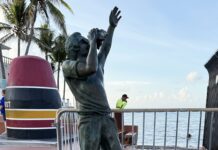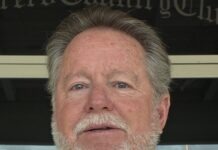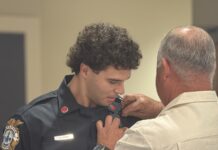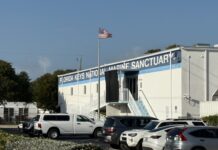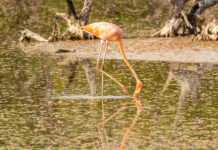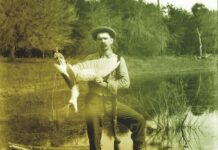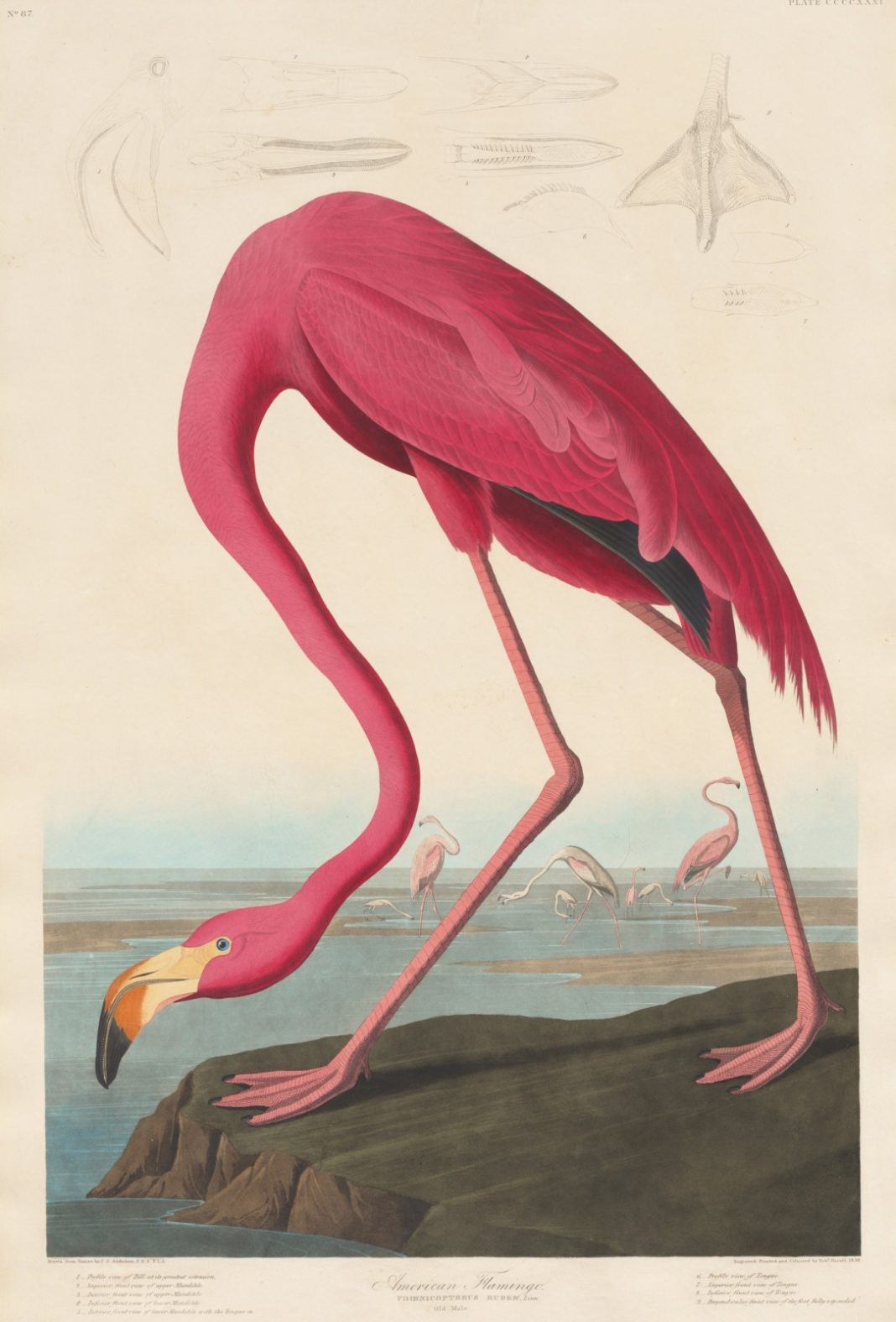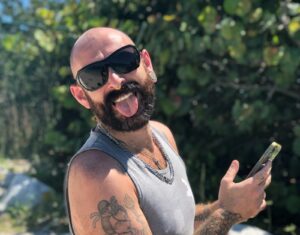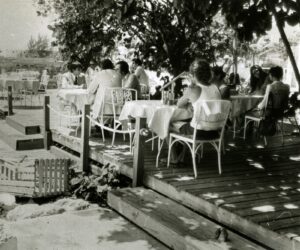The first use of the word flamingo dates back to the Spanish explorers navigating the waters of the New World in 1565. The name flamingo has a slightly strange origin story, as it comes from the Spanish word flamenco, which historically referred to the German word Flemish.
According to Merriam-Webster Dictionary, Flemish was “conventionally thought of as ruddy-complexioned.” Ruddy means red or reddish in color. Appropriately enough, the word flamboyance was chosen to describe a group of the long-legged, reddish birds with knobby knees and a curved black bill. One of the reasons the namesake of the Audubon Society, John James Audubon, came to Florida in 1832 was to see the magnificent birds for himself.
After the long trip from Charleston, he observed a flock of flamingoes standing, wading or preening their bright feathers while exploring the Upper Keys with his guide, James Egan. In addition to being his guide, Egan ran a boarding house on Indian Key, where Audubon spent the night. “I thought I had now reached the height of all my expectations, for my voyage to the Floridas was undertaken in a great measure for the purpose of studying these lovely birds in their own beautiful islands,” wrote Audubon.
When he arrived at Key West, he sought a meeting with Dr. Benjamin Strobel, a man with whom he shared a mutual acquaintance named Dr. John Bachman. Bachman was a Charleston clergyman, recognized naturalist, collaborator and friend of Strobel. He also co-authored the book, “The Viviparous Quadrupeds of North America,” with Audubon. Knowing that his friend was traveling to Key West, Bachman penned a letter of introduction that Audubon could deliver to Strobel.
Strobel was a physician and editor of the Key West Gazette during his tenure in Key West. His home was located on what is today the property of the Audubon House and Tropical Gardens on Whitehead Street. It would be Strobel who would show John James Audubon around Key West when he arrived in 1832. About their encounter, Audubon wrote: “When I reached Key West, my first inquiries, addressed to Dr. Benjamin Strobel, had reference to the Flamingoes, and I felt gratified by learning that he had killed a good number of them, and that he would assist us in procuring some. As on that Key they are fond of resorting to the shallow ponds formerly kept there as reservoirs of water, for the purpose of making salt.”
Gustav Wurdermann was hunting northwest of Indian Key on Aug. 4, 1857, when he came across a flock of about 500 flamingoes. Generally, flamingoes molt their feathers little by little, so they can always fly. Occasionally, the flying feathers molt all at once, leaving them temporarily grounded. Perhaps this was the case when Wurdermann encountered the large flock of scarlet-colored birds as he was able to capture around 100 of them; many of the birds were taken alive because they were molting.
Wurdermann brought the flamingoes back to Indian Key, where he housed the live birds in what was described as a “ten-pin bowling alley.” He passed out dead flamingoes to soldiers and civilians who were at the outpost island. The live birds were taken to Key West and sold for food. However, it was not just visiting hunters who were killing them, but early settlers and Indians.
The newspaper story “The American Flamingo,” published in the Joliet Republican on June 1, 1878, noted that their “constant home, however, is in the southern part of Florida and along the Gulf Coast.” The story, too, suggested the birds needed to be protected. “If a law only could be passed to protect those birds, what grand sights the waters of Florida would soon present! These great, brilliant scarlet birds, dallying and playing in the water, or wading near the shore in quest of game, would be a sight never to be forgotten. Can it be possible that Florida does not care for such glorious creatures, and will allow, year after year, these marauders from the North to kill them without a single protest? Unless something is done for the protection of these splendid creatures, they may soon become extinct.”
It did not take many more years for the brilliant flocks of American flamingoes to disappear from Florida and the Keys. In the winter of 1885, a flock of 2,500 flamingoes was reported where Florida Bay mixed with the Everglades. In the following year’s winter, the flock that was sighted numbered about 1,000. On March 6, 1902, a flock of 500 to 1,000 birds was spotted east of Cape Sable, and it was the last documented sighting of a large flock of flamingoes in Florida.
The birds largely disappeared in Florida after the turn of the 20th century due to hunters killing them for food, skins and feathers. The birds would continue to be sighted, but only individual birds or small groups. For decades, flamingoes had all but disappeared from South Florida and the Keys. When a single bird or a couple of birds were sighted, a debate began as to whether or not the American flamingo was native to Florida. To address the question, Steven M. Whitfield, Peter Frezza, et al. wrote the paper “Status and trends of American Flamingoes (Phoenicopterus ruber) in Florida, USA” to clarify, once and for all, whether they were Florida natives or just occasional visitors. The paper was published in 2018.
Because of the accounts told here and many others, the answer was a resounding yes; the American flamingo is a Florida native.

